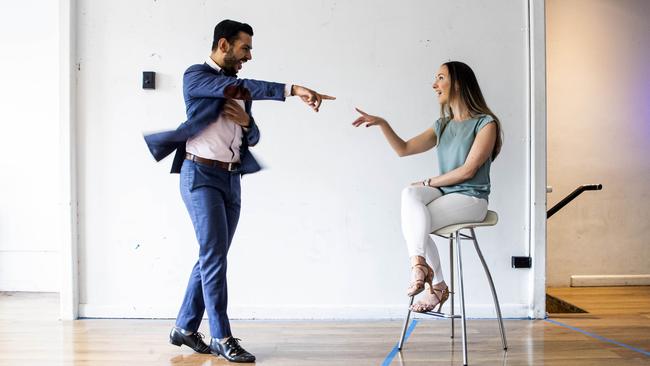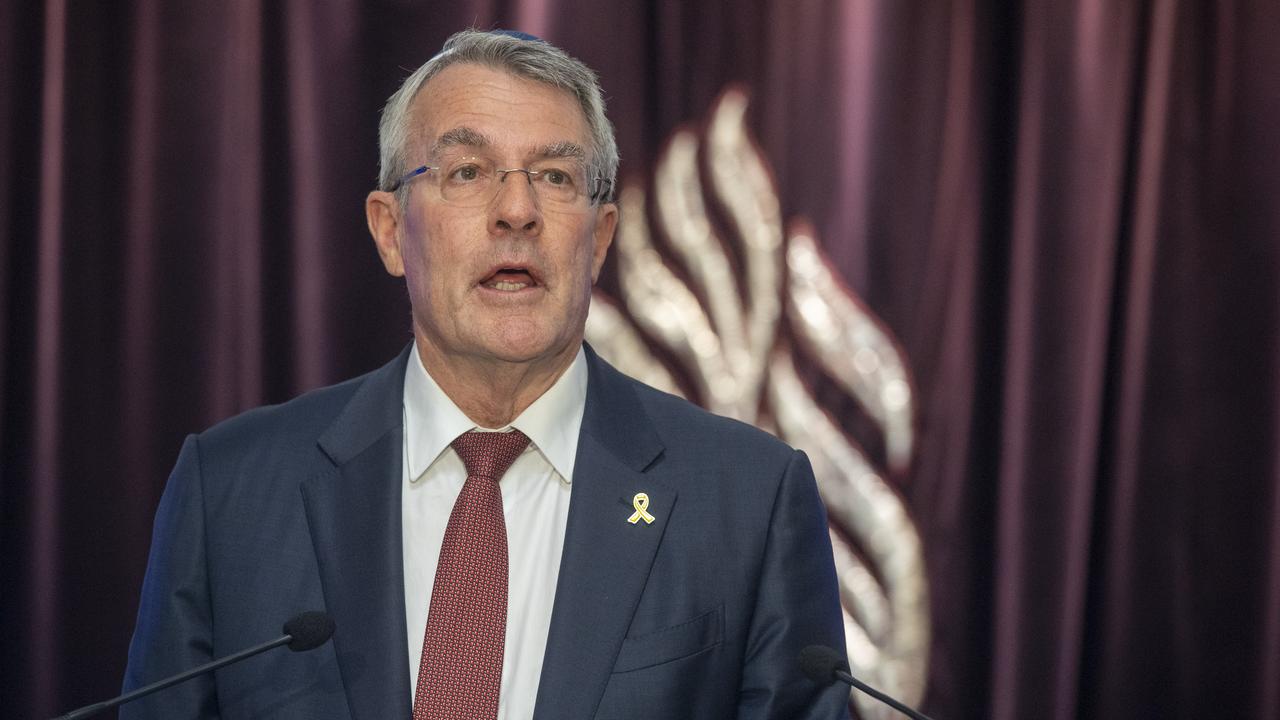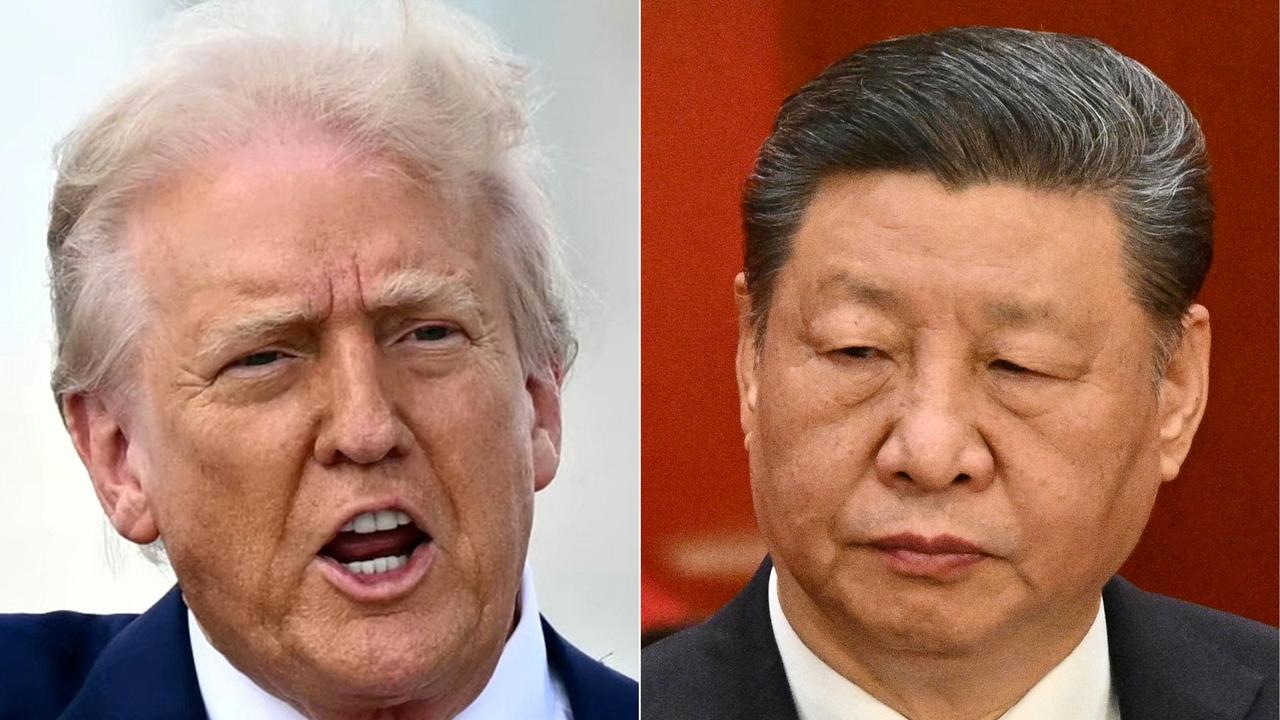Coronavirus: second wave ‘has smashed economy’
The Victorian COVID-19 lockdown has been worse for the national economy than the 1990s recession, according to Treasury.

The economic cost of the Victorian lockdown on GDP was greater than the national impact of the 1990s recession, according to Treasury estimates that emphasise the challenges facing the economy.
Treasury also estimates that the number of effectively unemployed people in Victoria increased by more than 2000 each day over the lockdown while it fell by nearly 3000 a day across the rest of the country.
As Victoria celebrates the collapse of infection rates, Treasury numbers show the impact of the lockdown sparked when the coronavirus leaked out of the state’s hotel quarantine program.
Josh Frydenberg said the 14th successive day of no new COVID-19 cases in Victoria was good news for the country but the second wave had significant economic consequences. “This loss of national economic output is expected to be greater than what occurred as a result of the 1990s recession,” the Treasurer told The Weekend Australian.
“Victoria’s second wave has cost the state dearly.”
Mr Frydenberg added that the slashing of infection rates was positive: “It is really pleasing to see the reduction in COVID-19 cases in Victoria, the reopening of the economy and people getting back to work.”
His comments came as business, Melbourne’s lord mayor and welfare groups warned that the economic recovery in Victoria would be deeply challenging as the state tried to recover from an unprecedented, state government-induced economic hibernation.
Lord mayor Sally Capp cautioned that up to a half of all workers to the CBD might not have returned by the end of the financial year, exposing hundreds of businesses to hardship.
Victorian Chamber of Commerce and Industry chief executive Paul Guerra said the sectors hit hardest were those that were first scaled back or shut and then kept longest in lockdown.
“Every day, we hear reports of businesses closing because they just can’t stay afloat and that means that jobs are lost too, often jobs for young people,” he said.
Treasury has estimated that the second wave outbreak will have lowered national GDP growth by about two percentage points in the September quarter, which is equivalent to an 8 per cent decline in the Victorian economy.
The 1990s recession, which contributed to a huge anti-Labor backlash in Victoria, went from peak to trough between the June quarter of 1990 and the June quarter of 1991 with real GDP falling, in quarterly terms, by one percentage point.
In September, the effective unemployment rate in Victoria was 14 per cent, or more than 500,000 people, up from 10.5 per cent in July.
This contrasts with the rest of Australia, where it was 7.8 per cent in September. The effective unemployment rate includes those who have left the labour market or worked zero hours.
Mr Frydenberg said Canberra had already tipped more than $35bn into the Victorian economy through measures like JobKeeper and JobSeeker. “It is part of an estimated $75bn in direct economic support from the federal government which is expected to flow to Victorians over the course of COVID-19,” he said.
Ms Capp said the economic recovery in Melbourne’s CBD would not be swift, with a co-ordinated effort needed to make people feel comfortable about returning to the CBD. While efforts were being made to make public transport more attractive, people needed to be realistic about the return to normality, she said. “This is going to take some time for recovery.”
She said foot traffic in the city was rising but off a very low base.
City of Melbourne projections point to about 580,000 people returning to the CBD by the end of this financial year compared with 911,000 daily pre-COVID visitors, based on the 2016 census.
The city is estimating there will be just half of all the 381,000 workers back at their city workplace by the middle of next year.
Victorian Council of Social Service chief executive Emma King said decisions on the future of benefits like JobSeeker would be crucial for people adversely affected by the pandemic.
“We are on the precipice and we are looking down the cliff,” she said. “It’s pretty dangerous times.”
Angel Fayth is one of thousands of business people fighting hard to recover from the lockdown. Her Carlton dance studio, Energia, was leased on January 31 this year and ever since the pandemic took hold, she has been trying to keep things going.
Under current restrictions, she is allowed to have only nine people in the studio and dancing with partners is out, but under these restrictions her costs were not covered. While she supported the health-based response to the pandemic, the challenges were profound, she said: “It’s frustrating and tiring.”
Ahead of Melburnians being allowed to travel into the regions this weekend, Victorian Premier Daniel Andrews would not indicate which other measures could be wound back after the 14th straight day of no new COVID cases.




To join the conversation, please log in. Don't have an account? Register
Join the conversation, you are commenting as Logout